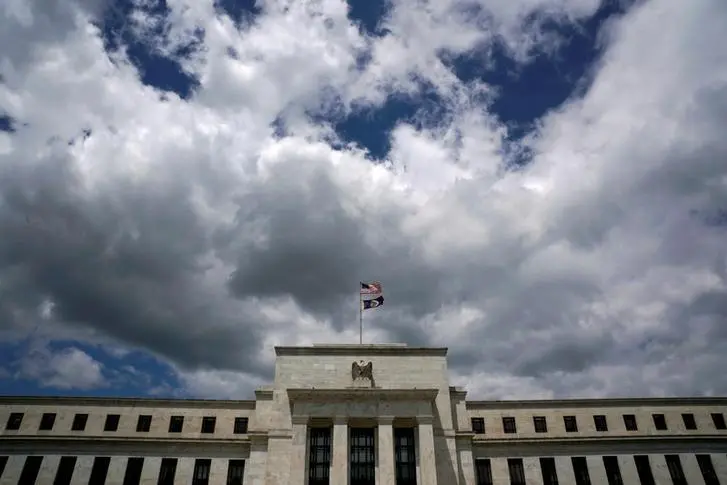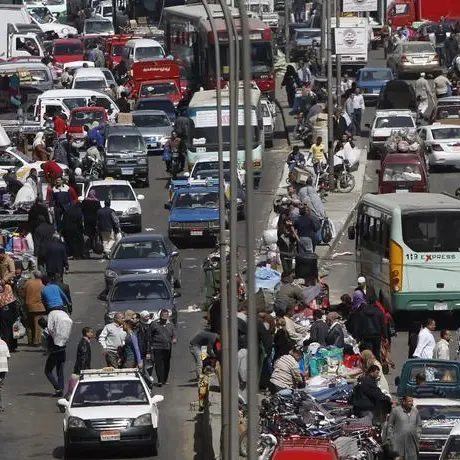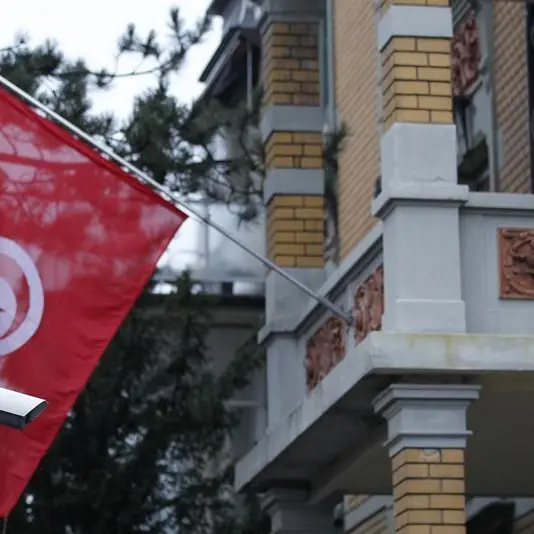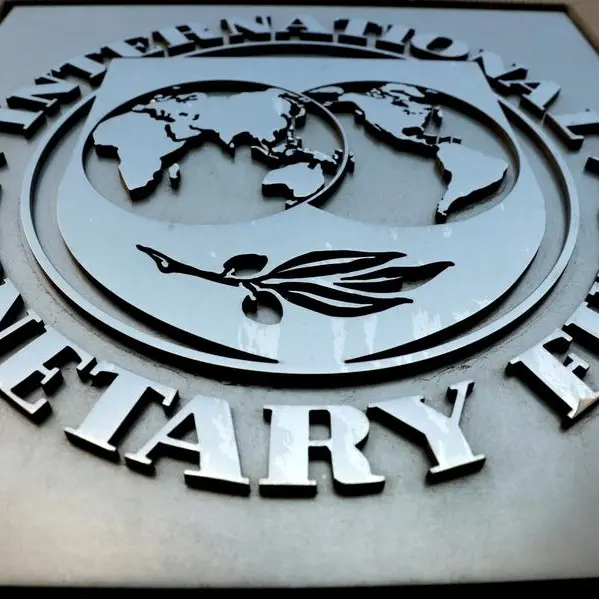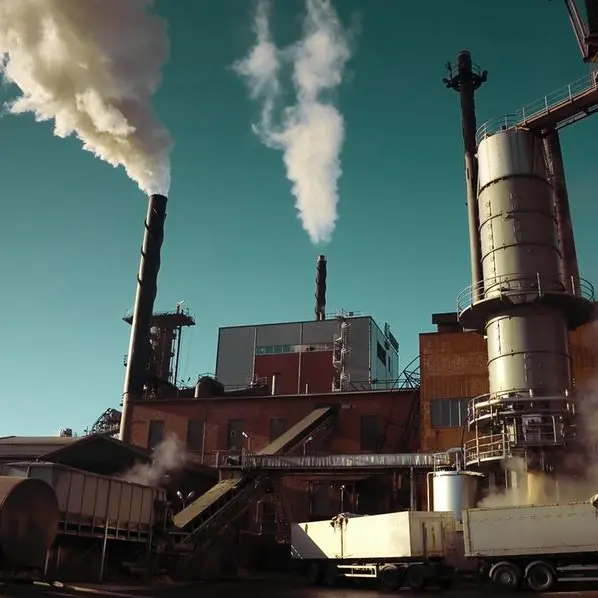PHOTO
In my recent Arab News article, I described the potential economic impact of any misguided US Federal Reserve asset purchase tapering.
Focused upon the petroleum market, my advice to OPEC was (and is) to resist even maintaining, and to perhaps even decrease, output levels in order to protect oil prices from decline as the resulting taper tantrum takes place and if interest rates increase.
Can the US afford an interest rate increase though?
Today, it is perhaps wise to consider the politics of this possibility and the likely reactions by the US Federal Reserve to the many inevitable consequences of such a move.
First, it is important to note that at the end of the second quarter of this year, the US debt to gross domestic product ratio was 125.5 percent. This is down from a peak of 135 percent the year before but up rather dramatically from 103 percent pre-coronavirus (COVID-19) pandemic. Even more concerning is that the ratio has hovered around 100 percent since the end of 2012 when it spiked from 63 percent as a way of managing the 2008 financial crisis.
Second, the American unemployment rate is stated at 5.2 percent, which is well below the highs of the global health crisis but still notably above the pre-pandemic rate of roughly 3.5 percent.
Further, recently, Federal Reserve Chairman Jerome Powell noted to the US Senate Banking Committee that, “the unemployment rate was 5.2 percent in August, and this figure understates the shortfall in employment, particularly as participation in the labor market has not moved up from the low rates that have prevailed for most of the past year.”
In February, when the statistical unemployment rate was hovering around 6.3 percent, Powell pointed out that the real unemployment rate was likely to be around 10 percent but was understated due to “misclassification errors” and low labor force participation rates. It seems unlikely that the degree of understatement has declined since then.
Third, it should be clear to even the casual observer that the world is experiencing rather dramatic supply chain problems. These are not the petroleum-driven supply side shocks of the early 1970s but are rather ongoing and seemingly stubborn shocks driven by a shortage of labor due to stagnant wages, lockdowns, fear, as well as manufacturing being haphazardly constrained by COVID-19-related firm closures.
We are experiencing, in short, not a monolithic shock but rather one that is dangerously multifaceted. At least in part, these supply shocks have led to an American inflation rate of 5.3 percent.
We are not approaching a stagflationary environment as many in the finance media have suggested. We are in fact already in that environment and have been since April when the inflation rate jumped in the US from 2.6 percent to 4.2 percent. International trade has slowed, production has collapsed, and in order to maintain the stability of the American economy, debt has increased.
Given all of this, it seems rather odd that the US central bank has even mentioned a tapering of asset purchases and, much worse, noted a timeline for interest rate hikes. To even mention, much less implement, either policy can only stifle whatever budding economic recovery might currently exist.
The long-term consequences of any rate increases will have rather dire results. To raise interest rates will exacerbate the unemployment problems facing America while also increasing the cost of servicing a national debt 25 percent in excess of the country’s GDP.
Containing inflation at the cost of returning to a stated unemployment rate of 10 percent and likely an actual rate close to at least 14 or 15 percent is not something the presently delicate social fabric of America can tolerate.
Surely the political influence upon the Federal Reserve, something that seems more apparent as time goes on, has made this clear to Powell and the board of governors.
Within a year then, perhaps sooner if the epidemiological situation deteriorates, it seems that the chickens must come home to roost. Since the mid to late 1980s, interest rates in the US have been on a steady decline from a 10-year rate of between 8.5 and 9.5 percent in 1987 and 1988 to almost exclusively under 3 percent since the summer of 2011.
It would appear likely that the American macroeconomy has become addicted to easy money and any exit from that addiction with a determined increase in interest rates has also become too painful to bear.
The only other options for the US are to either grow its way out of the situation, something that did not happen with the 2008 crisis (debt/GDP ratios stayed high and interest rates had to stay low), or to embrace the inflation that must come with continued accommodative monetary stimulus and undoubtedly necessary fiscal policy. In this case, valuations across asset classes, such as stocks, land, residential real estate, and commodities will continue to rise in at least nominal terms but price increases throughout the macroeconomy will often outstrip many of these gains.
Given that, what might we expect politically and socially in the US, the rest of the developed world, and the Middle East and North African region?
As stated in my previous article on this subject, it still seems likely that OPEC should not substantially modify its output and if anything might consider decreasing it if unemployment rates rise in the US and the economy further stagnates.
It is also important to remember the social instability that characterized America during the stagflation of the 1970s. Social and political uprisings related to gender, race, socioeconomic class, the environment, and US foreign policy were common. Granted, many of these movements were a long time coming, but clearly the background of economic hardship did little to help the situation.
Violent crime rates in New York City nearly doubled in the 1970s relative to the mid-1960s. Chicago’s murder rate peaked in 1974. To put this into a more contemporary context, and highlight the role of economic hardship, America saw 25 percent more murders in 2020 than in the previous year.
It is not so difficult to extrapolate that the difficulties faced by those in the developed world will be orders of magnitude less than those faced by those in the developing world.
Given all of the above, the question then perhaps becomes, how does one survive and thrive in such an environment? In what things should one invest?
Perhaps apocryphally, and just as the 2008 financial crisis was reaching its peak, a famous fund manager received a telephone call from his mother. Panicked, she asked, “it’s all falling apart, what should I invest in?” His response was simply, “ammunition and canned food.”
• John W. Salevurakis is an associate professor of economics at the American University in Cairo and an author.
Copyright: Arab News © 2021 All rights reserved. Provided by SyndiGate Media Inc. (Syndigate.info).
